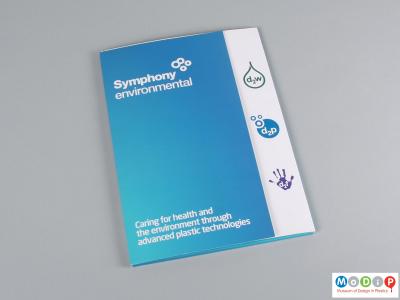As demonstrated by the biomass case, some plastics are made using alternative feedstocks to fossil fuels. However, not all plastics made from biomass are biodegradable, and not all fossil fuel based plastics are not biodegradable. To be biodegradable the product should be easily broken down in the environment without doing harm.
Single-use products, such as packaging, and the resultant waste, are a significant concern for the environment when long-lived materials are used for short-lived applications. By using materials that will break down after use (1 - 3) manufacturers are moving towards using more appropriate materials. Disposable picnic and party plates made from polystyrene would remain in landfill for many years but by using biodegradable materials (4 - 8), the crockery can become a memory like the event.
Biodegradable fossil fuel based plastics for short-lived applications have been created to have multiple end-of-life solutions. The Aquapak film (9 - 12) is made from a polyvinyl alcohol that can be recycled through a simple chemical process with the polymer being recovered for reuse. It is also compatible with anaerobic digestion and composting, and is harmless to marine life, eventually dissolving in water. Alternatively, Symphony Environmental have created a material which including d2w (13 - 14) comprising metal salts which act as a pro-oxidant and cause the plastic to degrade so it leaves nothing behind, no toxic residues and no microplastics.
Biodegradable materials are not always the answer to our environmental problems. Some users are more inclined to drop them as litter, thinking they will disappear, but for the material to degrade properly it needs very specific conditions. Those conditions can be found in commercial composting units, however, local authorities will not take them in their garden waste bins. If they end up in the recycling system, they can undermine the materials produced, and if they end up in landfill, they create methane, an environmentally damaging greenhouse gas, as they break down. More needs to be done within the national waste infrastructure to accommodate these materials to the best of their potential.














